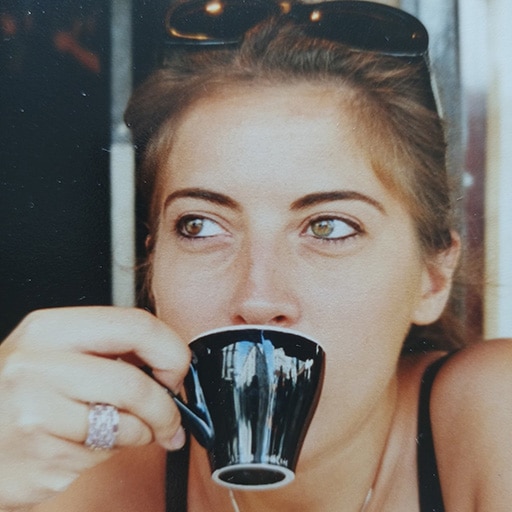"Can you imagine a world without birds, bees, hedgehogs or even polar bears?... No! And yet… We are currently facing a discreet but massive extinction of animal species in the four corners of the planet and just down the road from us. It was by this...




